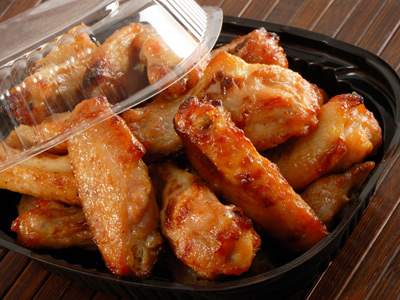
Food 01
This KS3 Design and Technology quiz asks questions about food. The flavour and taste of food will determine whether or not you like it. With regards to your D and T classes, an exciting range of food materials is available for designing and making food products. During your studies, you will find out why certain ingredients are used in cooking, what they do and how they work.
When putting different types of food together to prepare a meal, you need to know what nutrients they contain, for example, meat and fish contain protein and some of the vitamins your body requires. A nutritious meal will contain the nutrients that your body needs in the right quantities. Pre-cooked meals are readily available and usually just need reheating - perfect for people who are short of time. The trouble is, they are often not very well balanced and provide you with too many calories and too much salt. The can also contain artificial chemicals called additives to which some people are allergic.
The 5 tastes are: sweet, sour, salt, bitter, and savoury (sometimes called umami)
Ready for more?
not all...
quizzers. Try to win a coveted spot on our Hall of Fame Page.







